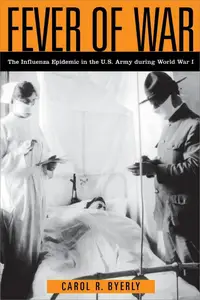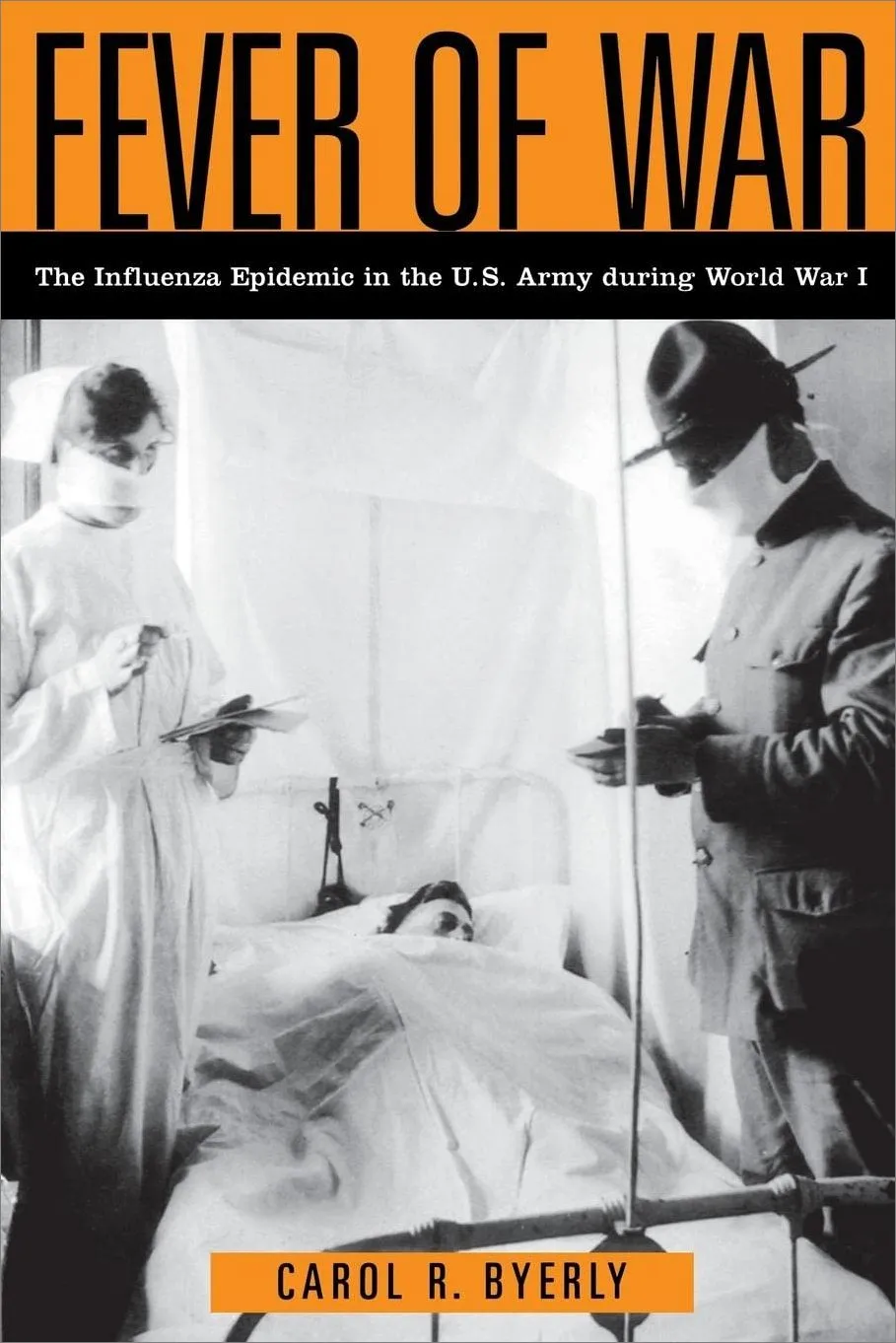Fever of War: The Influenza Epidemic in the U.S. Army during World War I by Carol R Byerly
English | April 5, 2005 | ISBN: 081479923X, 0814799248 | True EPUB | 251 pages | 2.9 MB
English | April 5, 2005 | ISBN: 081479923X, 0814799248 | True EPUB | 251 pages | 2.9 MB
The influenza epidemic of 1918 killed more people in one year than the Great War killed in four, sickening at least one quarter of the world's population. In Fever of War, Carol R. Byerly uncovers the startling impact of the 1918 influenza epidemic on the American army, its medical officers, and their profession, a story which has long been silenced. Through medical officers' memoirs and diaries, official reports, scientific articles, and other original sources, Byerly tells a grave tale about the limits of modern medicine and warfare.
The tragedy begins with overly confident medical officers who, armed with new knowledge and technologies of modern medicine, had an inflated sense of their ability to control disease. The conditions of trench warfare on the Western Front soon outflanked medical knowledge by creating an environment where the influenza virus could mutate to a lethal strain. This new flu virus soon left medical officers’ confidence in tatters as thousands of soldiers and trainees died under their care. They also were unable to convince the War Department to reduce the crowding of troops aboard ships and in barracks which were providing ideal environments for the epidemic to thrive. After the war, and given their helplessness to control influenza, many medical officers and military leaders began to downplay the epidemic as a significant event for the U. S. army, in effect erasing this dramatic story from the American historical memory.



